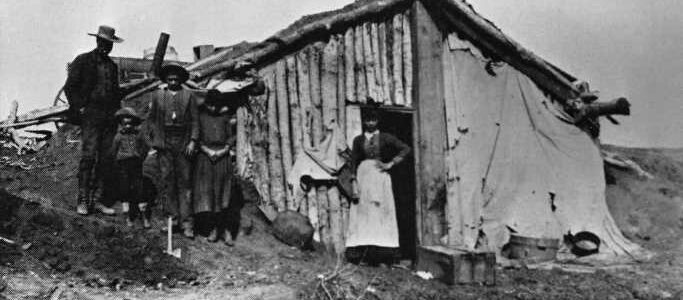
50 Photos From American Life in the 19th Century
What was life in America like a century or more ago? We can read about it, of course, in books and articles written at the time as well as in the works of historians of the period. But fortunately, we can also see the America of the 19th century with our own eyes — at least the latter 60 years or so of it.
The earliest techniques of photography reached our shores around 1840, and various archives, both public and private (including Getty Images, from whom the photographs here are sourced) have ample collections of the results. Visual reportage is available, then, if you want to know (for instance) what a hospital looked like 100 years ago.
The photographers of the 19th century would have gaped disbelievingly at the idea that a small rectangular object could instantly capture an image from life — one that could be reproduced immediately, in excellent quality, on paper or a screen. Suffice to say, photography wasn’t like that in the old days.
The earliest cameras were huge, cumbersome objects that required exposures lasting many minutes if not longer. The French artist Louis Daguerre introduced the world to the first (vaguely) viable photographic process in 1839, and some of the earlier images in this collection are so-called daguerreotypes. The first film as such, in something approximating the form we know it in, appeared only in 1885.
Whatever the technical challenges of taking photographs may have been, many men (and a few women) persisted, leaving us evocative imagery of the Civil War, homesteaders on the Great Plains, the beginnings of towns and cities, unspoiled landscapes, and more. (These are the most beautiful natural wonders in every state.)
Click here to see 50 images of American life in the 19th century
24/7 Tempo has assembled a portfolio of 50 photos documenting various aspects of the American scene between 1840 and 1900. Note that many of the dates are approximate, but in many cases are estimated according to evidence revealed in the images themselves.
Source: Read Full Article